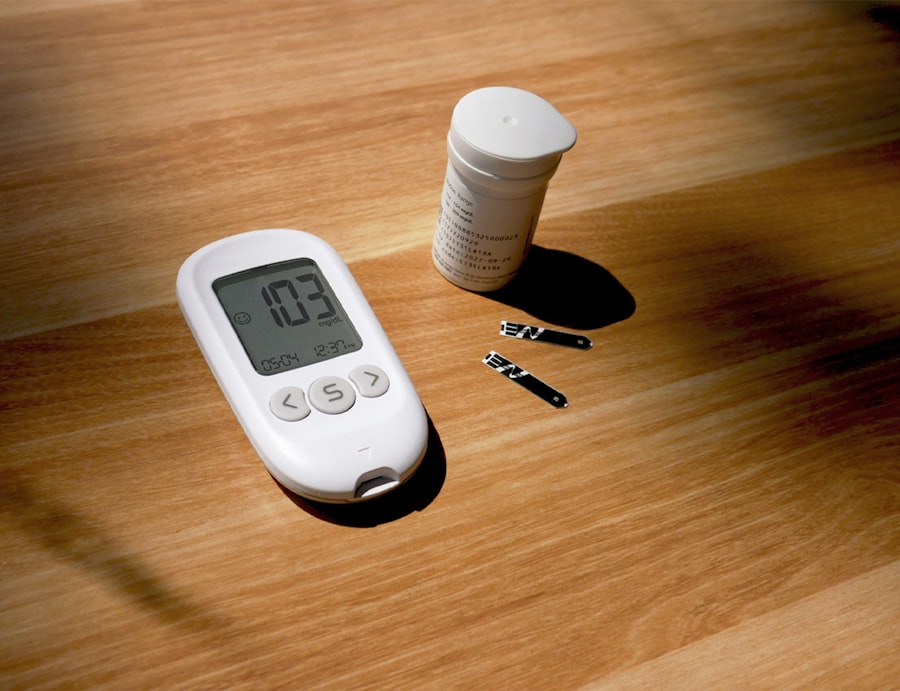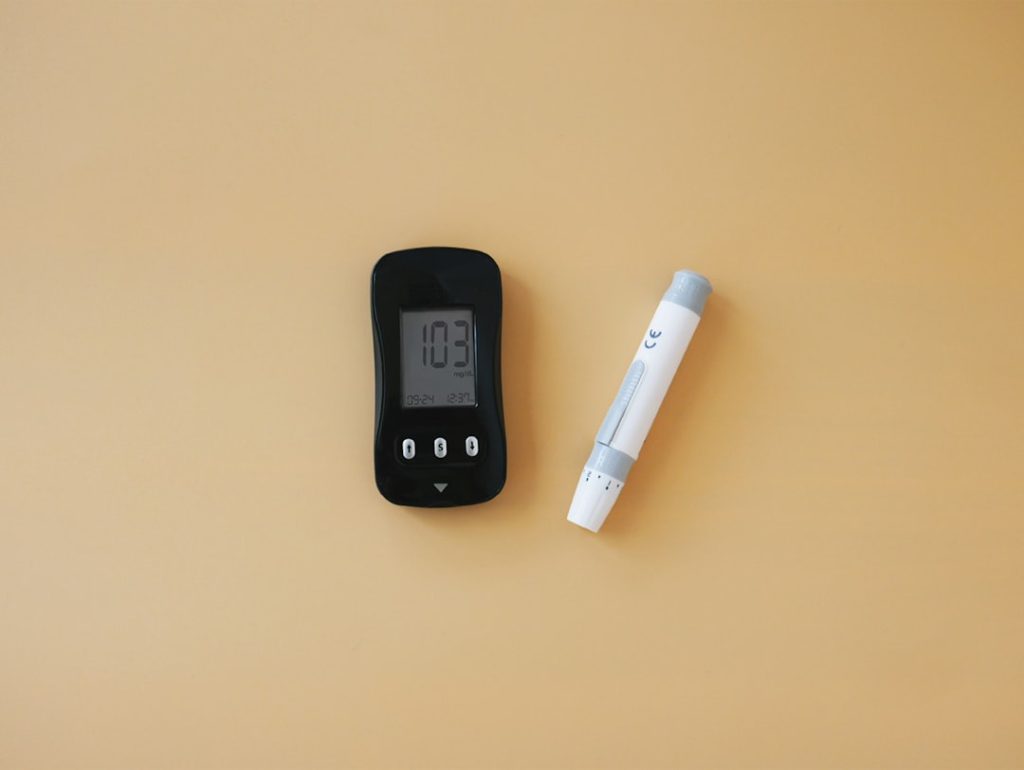Prediabetes is a critical health condition that serves as a warning sign for potential type 2 diabetes. When you have prediabetes, your blood sugar levels are higher than normal but not yet high enough to be classified as diabetes. This stage is often overlooked, as many individuals may not experience any noticeable symptoms.
However, understanding prediabetes is essential for taking proactive steps toward your health. It is a wake-up call, indicating that your body is struggling to manage glucose effectively, and it can lead to serious health complications if left unaddressed. The significance of recognizing prediabetes cannot be overstated.
It is estimated that millions of people are living with this condition without even knowing it. By understanding what prediabetes entails, you empower yourself to make informed decisions about your health. The good news is that prediabetes is reversible.
With the right lifestyle changes and interventions, you can lower your blood sugar levels and significantly reduce your risk of developing type 2 diabetes. This journey begins with awareness and education about the condition itself.
Warning Signs of Prediabetes
Recognizing the warning signs of prediabetes is crucial for early intervention. While many individuals may not exhibit overt symptoms, there are subtle indicators that you should be aware of. One common sign is increased thirst and frequent urination.
If you find yourself reaching for water more often than usual or making multiple trips to the bathroom, it could be a signal that your body is struggling to regulate blood sugar levels. Additionally, fatigue and blurred vision can also be warning signs, as your body may be unable to efficiently use glucose for energy. Another important aspect to consider is the presence of dark patches of skin, known as acanthosis nigricans, which can appear in areas such as the neck, armpits, or groin.
This condition is often associated with insulin resistance and can serve as a visual cue that your body is experiencing difficulties with glucose management. If you notice any of these symptoms, it’s essential to consult with a healthcare professional for further evaluation. Early detection can lead to timely interventions that may prevent the progression to type 2 diabetes.
Risk Factors for Prediabetes

Understanding the risk factors associated with prediabetes can help you assess your own likelihood of developing this condition. One of the most significant risk factors is being overweight or obese, particularly if you carry excess weight around your abdomen. This type of fat distribution is linked to insulin resistance, which plays a crucial role in the development of prediabetes.
Additionally, age is another factor; as you get older, your risk increases, especially after the age of 45. Family history also plays a vital role in your risk profile. If you have a parent or sibling with type 2 diabetes, your chances of developing prediabetes are heightened.
Furthermore, certain ethnic groups, including African Americans, Hispanic Americans, Native Americans, and some Asian Americans, are at a higher risk for developing insulin resistance and prediabetes. Other factors such as sedentary lifestyle, high blood pressure, and abnormal cholesterol levels can further compound your risk. By being aware of these factors, you can take proactive steps to mitigate your chances of developing prediabetes.
Diagnosis and Testing for Prediabetes
Diagnosing prediabetes typically involves a simple blood test that measures your blood sugar levels. There are several methods used to determine whether you have prediabetes. The fasting plasma glucose test measures your blood sugar after an overnight fast; a result between 100 and 125 mg/dL indicates prediabetes.
Another common test is the oral glucose tolerance test (OGTT), which involves fasting overnight and then drinking a sugary solution before having your blood sugar tested two hours later. A result between 140 and 199 mg/dL suggests prediabetes. Additionally, the hemoglobin A1c test provides an average of your blood sugar levels over the past two to three months.
An A1c level between 5.7% and 6.4% indicates prediabetes. If you suspect that you may be at risk for prediabetes or if you exhibit any warning signs, it’s essential to discuss testing options with your healthcare provider. Early diagnosis allows for timely intervention and can significantly alter the course of your health.
Lifestyle Changes to Prevent Prediabetes
Making lifestyle changes is one of the most effective ways to prevent or even reverse prediabetes. One of the first steps you can take is to focus on maintaining a healthy weight. Even a modest weight loss of 5-10% of your body weight can have a profound impact on lowering blood sugar levels and improving insulin sensitivity.
This can be achieved through a combination of dietary changes and increased physical activity. Incorporating regular physical activity into your routine is another crucial aspect of lifestyle modification. Aim for at least 150 minutes of moderate-intensity exercise each week, such as brisk walking or cycling.
Not only does exercise help regulate blood sugar levels, but it also improves overall cardiovascular health and boosts mood. Additionally, reducing sedentary behavior by incorporating more movement into your day—such as taking short walks during breaks—can further enhance your efforts in preventing prediabetes.
Diet and Nutrition for Prediabetes

Your diet plays a pivotal role in managing prediabetes and preventing its progression to type 2 diabetes. Focusing on whole foods that are rich in nutrients can help stabilize blood sugar levels. Incorporate plenty of fruits, vegetables, whole grains, lean proteins, and healthy fats into your meals.
These foods provide essential vitamins and minerals while also promoting satiety, which can help prevent overeating. It’s also important to be mindful of portion sizes and to limit processed foods high in added sugars and unhealthy fats. Foods such as sugary beverages, white bread, and snacks laden with refined sugars can cause spikes in blood sugar levels.
Instead, opt for complex carbohydrates like brown rice or quinoa that release energy more slowly into the bloodstream. By making conscious dietary choices, you can create a balanced meal plan that supports your health goals and helps manage prediabetes effectively.
Exercise and Physical Activity for Prediabetes
Engaging in regular physical activity is one of the most effective strategies for managing prediabetes. Exercise helps improve insulin sensitivity, allowing your body to use glucose more efficiently. It also aids in weight management and reduces the risk of cardiovascular disease—two critical factors in preventing the progression from prediabetes to type 2 diabetes.
You don’t need to engage in high-intensity workouts to reap the benefits; even moderate activities like walking, swimming, or cycling can make a significant difference. Aim for at least 30 minutes of moderate exercise most days of the week. Additionally, consider incorporating strength training exercises at least twice a week to build muscle mass, which can further enhance your body’s ability to regulate blood sugar levels.
Finding activities that you enjoy will make it easier to stay consistent with your exercise routine.
Monitoring and Managing Prediabetes
Once you’ve been diagnosed with prediabetes, ongoing monitoring and management become essential components of your health journey. Regular check-ups with your healthcare provider will help track your progress and make necessary adjustments to your management plan. Monitoring your blood sugar levels at home can also provide valuable insights into how different foods and activities affect your glucose levels.
In addition to medical monitoring, consider keeping a journal to track your dietary habits, physical activity, and any symptoms you may experience. This self-awareness can help identify patterns and triggers that may affect your blood sugar levels. Remember that managing prediabetes is an ongoing process; it requires commitment and dedication to making healthy choices consistently over time.
By staying informed and proactive about your health, you can significantly reduce your risk of developing type 2 diabetes and lead a healthier life overall.
